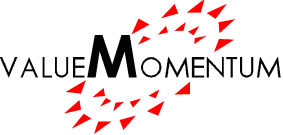In today’s digital world defined by constant change and technological advancements, cloud computing is increasingly being embraced as a key driver of enterprise transformation. Cloud computing has transformed not only the way technology is consumed, but also the way business is conducted. Enterprises across industries are now recognizing cloud computing as both an “efficiency powerhouse,” and a “critical strategic move” from a business needs perspective.
Though cloud adoption has gained incredible momentum in the last decade, many enterprises are slow to embrace the technology due to concerns about the security of applications and data on the cloud. This is especially true for enterprises in highly regulated industries that deal with sensitive customer data (e.g. Insurance, Health Care, and Banking and Financial Services). With recent advancements in security tools and technologies and increased industry experience with cybersecurity measures, enterprises can now confidently adopt cloud and gain maximum business benefits without compromising security.
If you are responsible for securing applications and data on the cloud and establishing the necessary controls across your organization, you should thoroughly evaluate various aspects of the cloud. This whitepaper can guide you with the five major areas of concern you must consider for establishing an efficient cloud security framework.
In this whitepaper, you will learn:
- About cloud delivery and deployment models
- The most prominent cloud security risks and vulnerabilities to prepare for
- A ‘7-tiered framework’ to establish security in the cloud
- Recommendations and best practices for successfully implementing a cloud security framework and strategy




